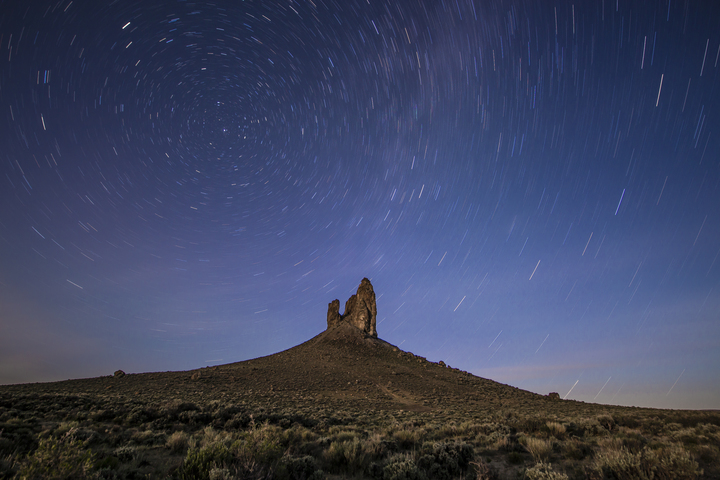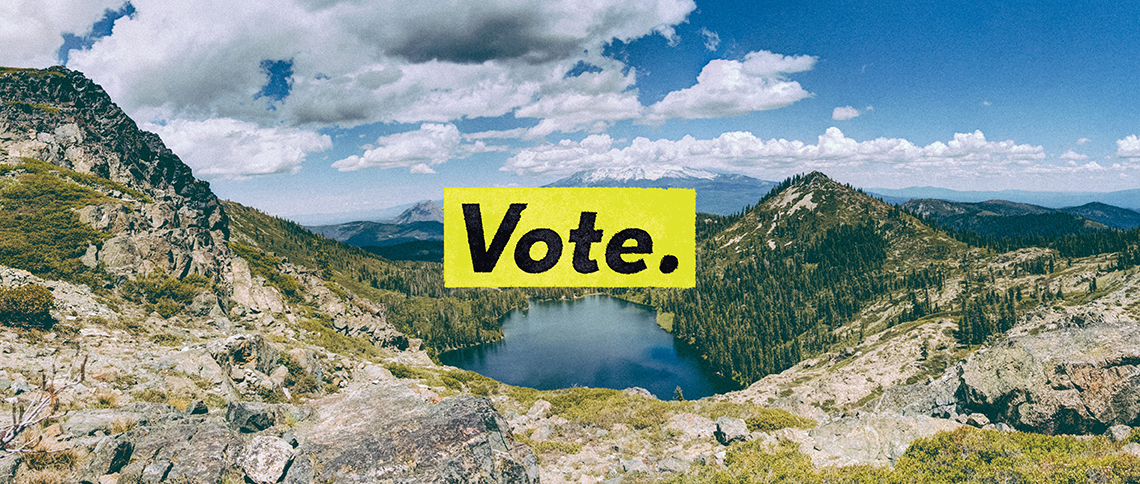On Tuesday, August 4, President Trump signed into law the Great American Outdoors Act. His signature ends a decades long battle to save one of the country’s most important conservation programs, the Land and Water Conservation Fund (LWCF). Curious what happens next with the LWCF? Join us for a Conservation Alliance webinar with LWCF advocate Lesley Kane-Syznal on Tuesday, August 25 at 10am PST.
President Lyndon Johnson signed the LWCF into law in 1964, creating a program to take royalties from oil and gas drilling and put those dollars into recreation and conservation focused land acquisitions. The LWCF expired in 2014, but after nearly five years of politicking, was permanently reauthorized in 2019. However, it was reauthorized without the certainty that dollars would be spent where they were supposed to be.
Each year, $900 million of non taxpayer money is put into the Land and Water Conservation Fund, but that doesn’t mean that money is spent on important conservation and recreation projects. Of the 55 years the LWCF has been in existence, billions of dollars have been diverted from the fund for non-conservation purposes. Until now, it was up to Congress to appropriate – or allocate – the money to be spent the way it was intended. That is until the Great American Outdoors Act passed. The Great American Outdoors Act fully funds the Land and Water Conservation Fund with $900 million annually, ensuring this critically important conservation tool will exist to its fullest capacity, forever.
The Conservation Alliance has a long history of advocating for reauthorization and full funding of the LWCF. For more than a decade we’ve taken to the halls of Congress to advocate on its behalf because of the huge impact it has on many of our grantees. Since our inception in 1989 the Conservation Alliance has funded dozens of grassroots conservation organizations who multiply our dollars with funds from the Land and Water Conservation Fund. In a six year span from 2007-2013, The Conservation Alliance made grants totalling $400,000 to 12 different organizations that leveraged those funds to win $99 million in LWCF grants.
Funding from the Land and Water Conservation Fund supports projects in nearly every county in the country. This close to home access is especially important as we look to the outdoors for its overwhelming contributions to human health and well-being. We are proud of our grantees for their successes in utilizing LWCF funds to push their projects over the finish line. Here are a few highlights:
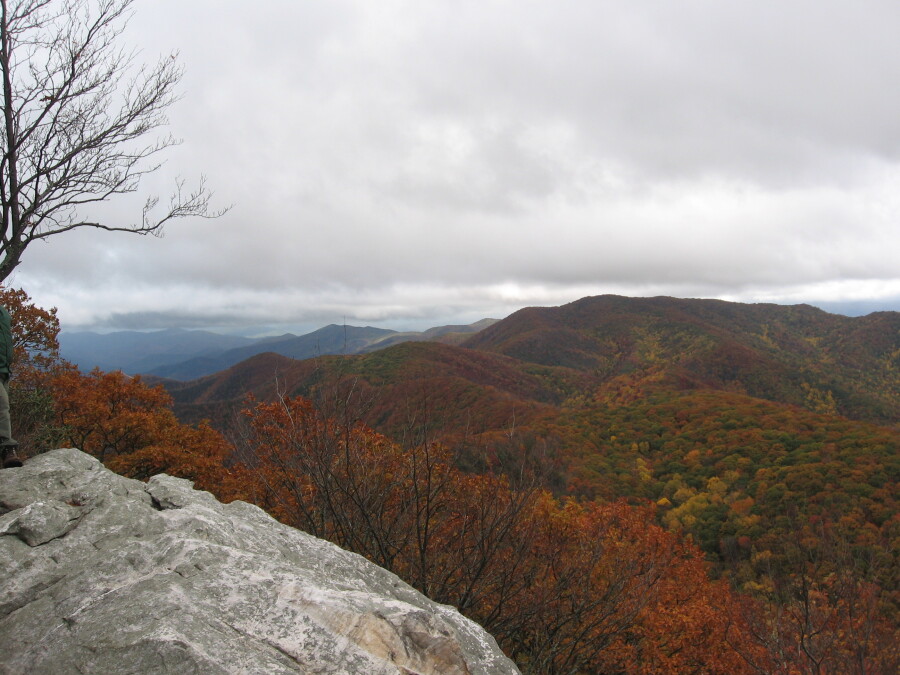
In 2008, The Conservation Alliance awarded the Appalachian Trail Conservancy with a grant to support its goal of acquiring 10,000 acres in Eastern Tennessee. The acquisition was successful, the acres were transferred to the state, and in 2015 the new Rocky Fork State Park opened just 30 minutes from Johnson City, Tennessee and Asheville, North Carolina.
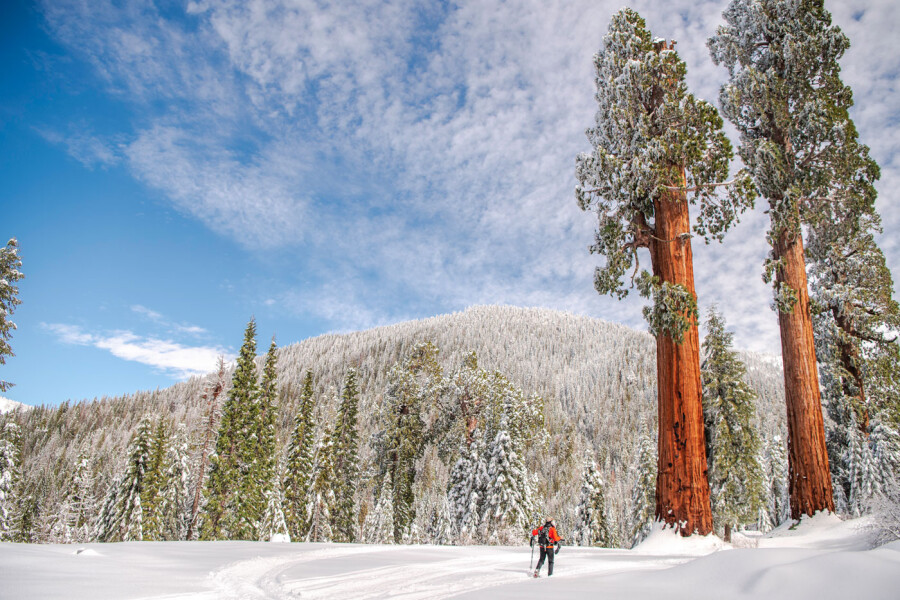
Earlier this year Save the Redwoods League was successful in acquiring Alder Creek, a 530 acre private inholding within Giant Sequoia National Monument. The Alder Creek grove includes the fifth largest tree in the world, a 3,000 year old giant sequoia called the Stagg Tree. Save the Redwoods League acquired this property after securing funding from more than 8,500 individuals from all 50 states, foundations, the Land and Water Conservation Fund, and two grants from The Conservation Alliance. The long-term goal is to transfer ownership of the Alder Creek property to the United States Forest Service to be managed as part of Giant Sequoia National Monument.
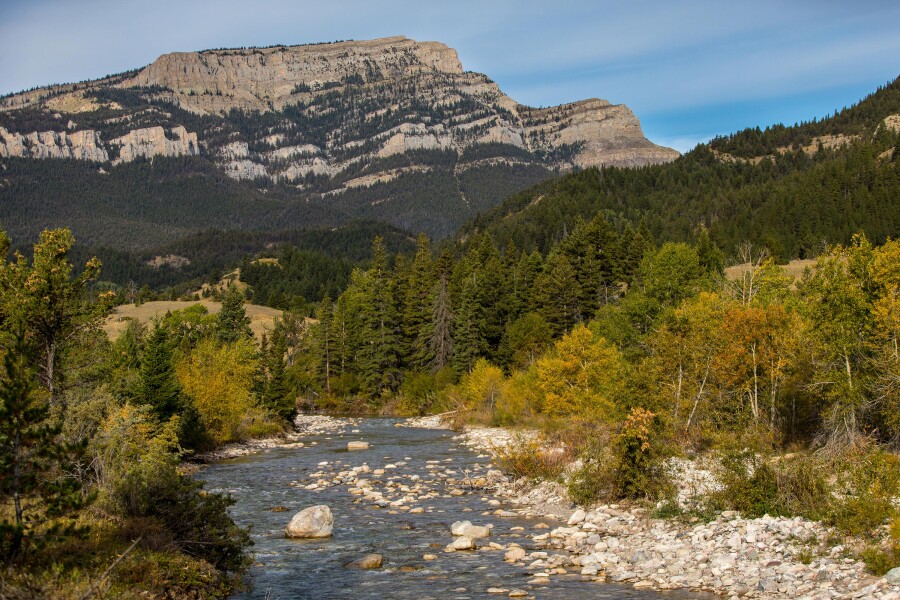
In 2019, Rocky Mountain Elk Foundation completed a 442 acre acquisition along Falls Creek in Montana’s Rocky Mountain Front. Both The Conservation Alliance and the Land and Water Conservation Fund awarded funding to the project. The previously inaccessible Falls Creek Trail improves access to 26,000 acres of public land used for hunting, fishing, camping, horseback riding and other non-motorized recreation. The 442-acre parcel was conveyed to the Forest Service to be managed as part of the Helena-Lewis and Clark National Forest.
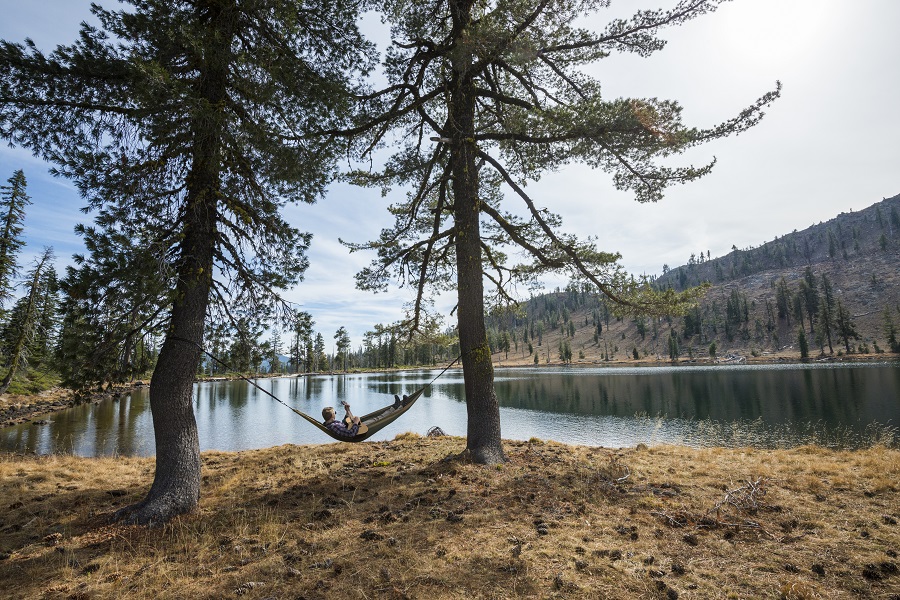
The Conservation Alliance supported Pacific Crest Trail Association’s Trinity Divide Conservation Project, which, in 2019 resulted in the acquisition of 10,600 acres of wild lands that include 17 miles of the Pacific Crest Trail. The Trinity Divide Project is accessible by three popular trailheads for the PCT and is a 30-minute drive from I-5 on the Trinity Heritage Scenic Byway. Much of this portion of the PCT is accessible for day hikes, boasting stunning views of the Trinity Alps and Mount Shasta. PCTA used funding from the Land and Water Conservation Fund to complete the acquisition.
So what happens next for the Land and Water Conservation Fund? How are projects funded through the program? What impact does the LWCF have on local communities? Tune in on Tuesday, August 25 from 10-11am PST for Conservation Alliance webinar with Lesley Kane-Szynal – Director of Outdoors America and longtime LWCF advocate – to learn more. Click here to register.



